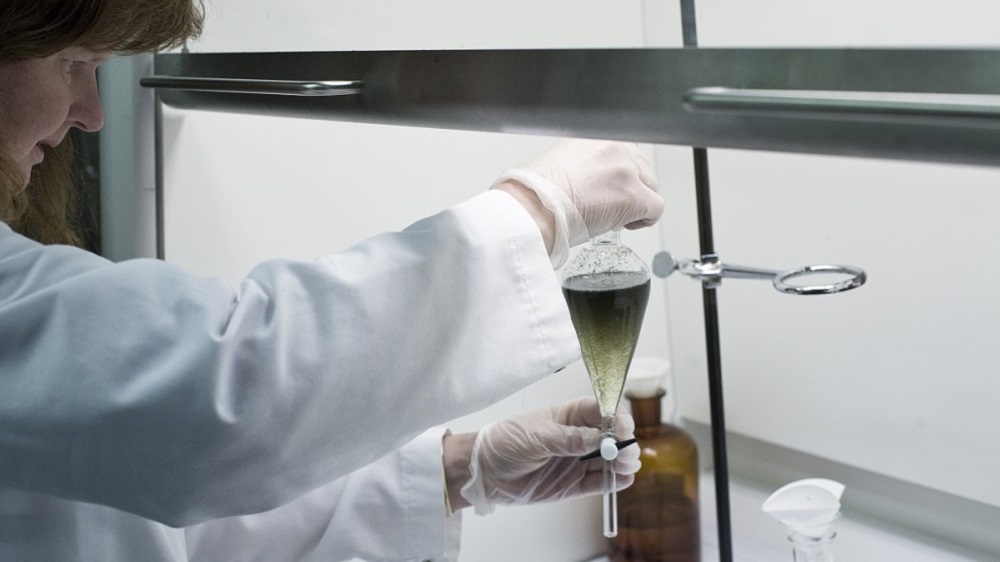
The main mineral analyzed in the TIMS U-Pb Isotope Geology Laboratory is zircon, essentially of any age (so far from 3.5 Ga to 100 ka), by ID-TIMS following the method of Krogh (1973) and Mattinson (2005) adapted for smaller samples and modern conditions.
Zircons are measured as single grains, or as fragments of grains, depending on the problem, and boundary conditions. For the isotope dilution analyses we use either a 205Pb-233U-235U – spike from EARTHTIME (ET) or an in-house mixed 202Pb-205Pb-235U – spike. The former spike enables the normalization of U fractionation using the 233U/235U ratio and the latter spike enables us to normalize the Pb internally using the 202Pb/205Pb ratio (Ballo et al. 2019).
Zircon samples are prepared by hand-picking under the binocular microscope and they are chemically abraded before analyses (Mattinson 2005). Zircon is dissolved in HF (+HNO3) in Teflon micro capsules at 210 oC for >48 hrs and equilibrated in 6 N HCl at the same temperature. After dissolution, samples are purified in anion exchange resin with an HCl procedure.
Titanite is dissolved in HF (+HNO3) in Savillex vials on a hot plate and the chemical separation is carried out using a single stage HBr-HCl procedure with anion exchange resin. Monazite is dissolved with 6N HCl in Savillex vials on a hot plate and commonly put through the same separation as titanite. Other minerals processed include rutile, baddeleyite and xenotime (all dissolved with HF in bombs) and perovskite (HF on hot-plate), but basically any mineral containing some U and /or Pb is done if suitable to solve specific problems.
Quoted references:
Ballo, E.G., Augland, L.E., Hammer, Ø. and Svensen, H.H., 2019. A new age model for the Ordovician (Sandbian) K-bentonites in Oslo, Norway. Palaeogeography, Palaeoclimatology, Palaeoecology, 520, pp.203-213.
Krogh, T.E., 1973. A low contamination method for hydrothermal decomposition of zircon and extraction of U and Pb for isotopic age determinations. Geochimica et Cosmochimica Acta 37, 485‑494.
Mattinson, J.M., 2005. Zircon U-Pb chemical abrasion (“CA-TIMS”) method: Combined annealing and multi-step partial dissolution analysis for improved precision and accuracy of zircon ages. Chem. Geol. 220, 47–66. https://doi.org/10.1016/j.chemgeo.2005.03.011